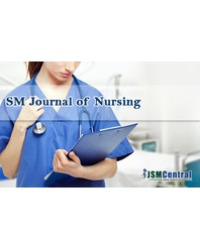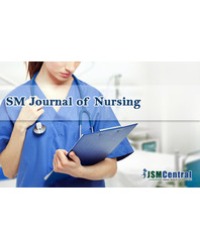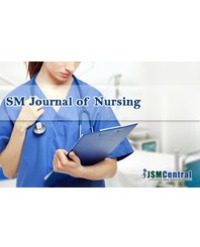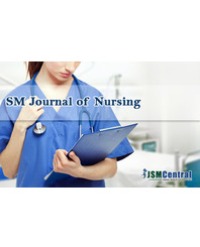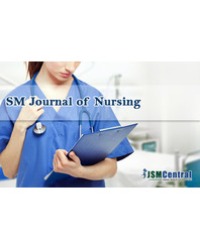Background: Medical devices often facilitate life-saving interventions, but may exert pressure on specific areas of the body leading to pressure injuries. Medical device-related pressure injuries are iatrogenic complications that prolong hospitalization, increase the risk of morbidity and mortality for patients, and ultimately contribute to increased healthcare cost.
Objective: The objectives of this study were to assess the effectiveness of an Endotracheal Tube (ETT) related pressure injury prevention intervention in reducing the prevalence of ETT related mucosal membrane pressure injury, and to identify clinical variables that may be risk factors for this iatrogenic complication.
Methods: We conducted a retrospective, pre-post intervention study involving Institutional Review Board approved review of the electronic medical records of 142 adult intubated patients (61 pre intervention and 81 post intervention implementation) admitted to the Medical Intensive Care Unit (MICU) at an academic medical center.
Results: After implementation of the intervention, the prevalence of ETT related mucosal membrane pressure injury decreased from 16% (10 of 61 subjects) to 10% (8 of 81 subjects), but this decrease was not statistically significant (OR 0.41, 95% CI 0.13 to 1.26). Vasopressor infusion was significantly associated with increased likelihood of developing mucosal injury (odds ratio 6.85, 95% CI 1.71 to 27.56).
Conclusion: Although application of the pressure injury prevention intervention did not achieve a statistically significant decrease in the prevalence of ETT related pressure injury the results have clinical significance as preventing pressure injury in even one patient enhances clinical outcomes. Consequently, the use of interventions that relieve pressure on the lips, tongue and face from the ET tube and securing device in intubated patients should be encouraged. Additionally, patients who receive vasopressor infusion may be at increased risk for developing ETT-related pressure injuries, indicating a need for increased vigilance in performing skin and mucosal membrane assessment in this population.
Constance C Mussa*, Edita Meksraityte, Jie Li, Barbara Gulczynski, Jing Liu, and Ana Kuruc
